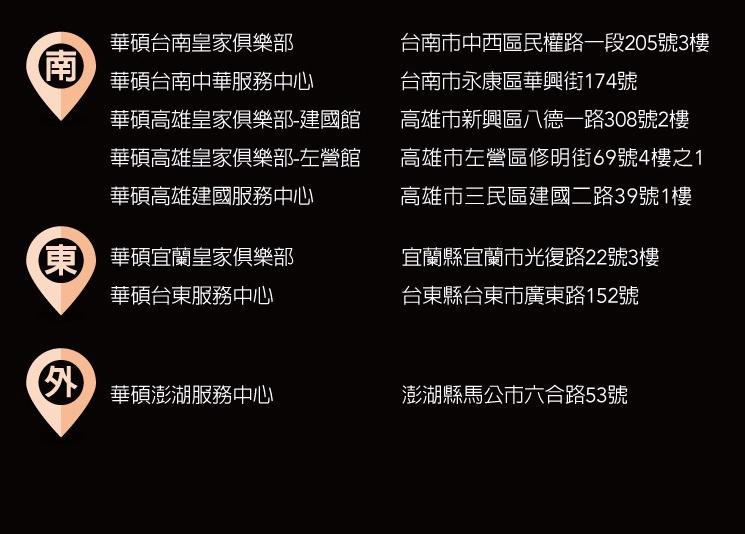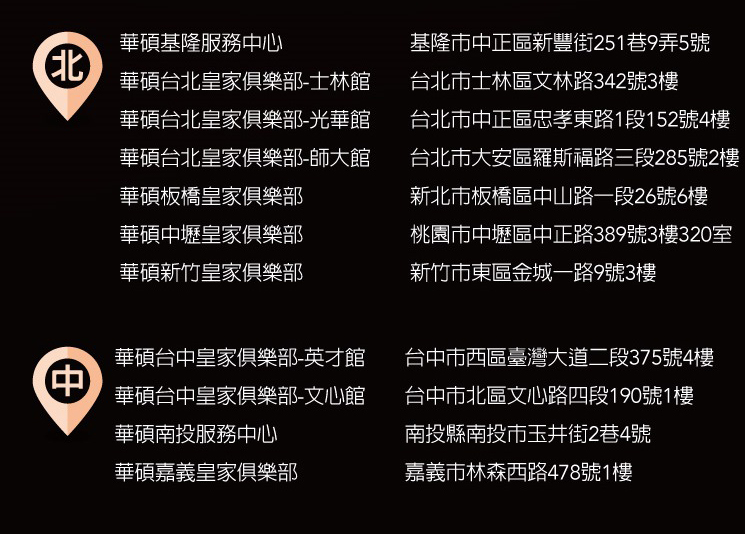Biochemistry 9/e
ISBN-13碼 : 9781319114657
版次 : 9
書系代碼 : 04099
作者 : John L. Tymoczko.Jeremy M. Berg.Gregory J. Gatto.Jr.Lubert Stryer
開數 : 菊8開
頁數 : 1208
裝訂 : 精裝
印刷 : 彩色
定 價:NT$ 2,950元
【內容】
For four decades, this extraordinary textbook played a pivotal role in the way biochemistry is taught, offering exceptionally clear writing, and innovative graphics, coverage of the latest research techniques and advances, and a signature emphasis on physiological and medical relevance. Those defining features are at the heart of this new edition.
Paired for the first time with SaplingPlus the most innovative digital solution for biochemistry students. Offering the best combination of resources to help students visualise material and develop successful problem-solving skills in an effort to help students master complex concepts in isolation, and draw on that mastery to make connections across concepts.
【目錄】
Part I THE MOLECULAR DESIGN OF LIFE
Chapter 1 Biochemistry: An Evolving Science
1.1 Biochemical Unity Underlies Biological Diversity
1.2 DNA Illustrates the Interplay Between Form and Function
DNA is constructed from four building blocks
Two single strands of DNA combine to form a double helix
DNA structure explains heredity and the storage of information
1.3 Concepts from Chemistry Explain the Properties of Biological Molecules
The formation of the DNA double helix as a key example
The double helix can form from its component strands
Covalent and noncovalent bonds are important for the structure and stability of biological molecules
The double helix is an expression of the rules of chemistry
The laws of thermodynamics govern the behavior of biochemical systems
Heat is released in the formation of the double helix
Acid–base reactions are central in many biochemical processes
Acid–base reactions can disrupt the double helix
Buffers regulate pH in organisms and in the laboratory
1.4 The Genomic Revolution Is Transforming Biochemistry, Medicine, and Other Fields
Genome sequencing has transformed biochemistry and other fields
Environmental factors influence human biochemistry
Genome sequences encode proteins and patterns of expression
APPENDIX Visualizing Molecular Structures: Small Molecules
APPENDIX Functional Groups
Chapter 2 Protein Composition and Structure
2.1 Proteins Are Built from a Repertoire of 20 Amino Acids
2.2 Primary Structure: Amino Acids Are Linked by Peptide Bonds to Form Polypeptide Chains
Proteins have unique amino acid sequences specified by genes
Polypeptide chains are flexible yet conformationally restricted
2.3 Secondary Structure: Polypeptide Chains Can Fold into Regular Structures Such As the Alpha Helix, the Beta Sheet, and Turns and Loops
The alpha helix is a coiled structure stabilized by intrachain hydrogen bonds
Beta sheets are stabilized by hydrogen bonding between polypeptide strands
Polypeptide chains can change direction by making reverse turns and loops
2.4 Tertiary Structure: Proteins Can Fold into Globular or Fibrous Structures
Fibrous proteins provide structural support for cells and tissues
2.5 Quaternary Structure: Polypeptide Chains Can Assemble into Multisubunit Structures
2.6 The Amino Acid Sequence of a Protein Determines Its Three-Dimensional Structure
Amino acids have different propensities for forming < helices, ® sheets, and turns
Protein folding is a highly cooperative process
Proteins fold by progressive stabilization of intermediates rather than by random search
Prediction of three-dimensional structure from sequence remains a great challenge
Some proteins are inherently unstructured and can exist in multiple conformations
Protein misfolding and aggregation are associated with some neurological diseases
Posttranslational modifications confer new capabilities to proteins
APPENDIX Visualizing Molecular Structures: Proteins
Chapter 3 Exploring Proteins and Proteomes
3.1 The Purification of Proteins Is an Essential First Step in Understanding Their Function
The assay: How do we recognize the protein that we are looking for?
Proteins must be released from the cell to be purified
Proteins can be purified according to solubility, size, charge, and binding affinity
Proteins can be separated by gel electrophoresis and displayed
A protein purification scheme can be quantitatively evaluated
Ultracentrifugation is valuable for separating biomolecules and determining their masses
Protein purification can be made easier with the use of recombinant DNA technology
3.2 Immunology Provides Important Techniques with Which to Investigate Proteins
Antibodies to specific proteins can be generated
Monoclonal antibodies with virtually any desired specificity can be readily prepared
Proteins can be detected and quantified by using an enzyme-linked immunosorbent assay
Western blotting permits the detection of proteins separated by gel electrophoresis
Co-immunoprecipitation enables the identification of binding partners of a protein
Fluorescent markers make the visualization of proteins in the cell possible
3.3 Mass Spectrometry Is a Powerful Technique for the Identification of Peptides and Proteins
Peptides can be sequenced by mass spectrometry
Proteins can be specifically cleaved into small peptides to facilitate analysis
Genomic and proteomic methods are complementary
The amino acid sequence of a protein provides valuable information
Individual proteins can be identified by mass spectrometry
3.4 Peptides Can Be Synthesized by Automated Solid-Phase Methods
3.5 Three-Dimensional Protein Structure Can Be Determined by X-ray Crystallography, NMR Spectroscopy, and Cryo-Electron Microscopy
X-ray crystallography reveals three-dimensional structure in atomic detail
Nuclear magnetic resonance spectroscopy can reveal the structures of proteins in solution
Cryo-electron microscopy is an emerging method of protein structure determination
APPENDIX Problem-Solving Strategies
Chapter 4 DNA, RNA, and the Flow of Genetic Information
4.1 A Nucleic Acid Consists of Four Kinds of Bases Linked to a Sugar–Phosphate Backbone
RNA and DNA differ in the sugar component and one of the bases
Nucleotides are the monomeric units of nucleic acids
DNA molecules are very long and have directionality
4.2 A Pair of Nucleic Acid Strands with Complementary Sequences Can Form a Double-Helical Structure
The double helix is stabilized by hydrogen bonds and van der Waals interactions
DNA can assume a variety of structural forms
Some DNA molecules are circular and supercoiled
Single-stranded nucleic acids can adopt elaborate structures
4.3 The Double Helix Facilitates the Accurate Transmission of Hereditary Information
Differences in DNA density established the validity of the semiconservative replication hypothesis
The double helix can be reversibly melted
Unusual circular DNA exists in the eukaryotic nucleus
4.4 DNA Is Replicated by Polymerases That Take Instructions from Templates
DNA polymerase catalyzes phosphodiester-bridge formation
The genes of some viruses are made of RNA
4.5 Gene Expression Is the Transformation of DNA Information into Functional Molecules
Several kinds of RNA play key roles in gene expression
All cellular RNA is synthesized by RNA polymerases
RNA polymerases take instructions from DNA templates
Transcription begins near promoter sites and ends at terminator sites
Transfer RNAs are the adaptor molecules in protein synthesis
4.6 Amino Acids Are Encoded by Groups of Three Bases Starting from a Fixed Point
Major features of the genetic code
Messenger RNA contains start and stop signals for protein synthesis
The genetic code is nearly universal
4.7 Most Eukaryotic Genes Are Mosaics of Introns and Exons
RNA processing generates mature RNA
Many exons encode protein domains
APPENDIX Problem-Solving Strategies
Chapter 5 Exploring Genes and Genomes
5.1 The Exploration of Genes Relies on Key Tools
Restriction enzymes split DNA into specific fragments
Restriction fragments can be separated by gel electrophoresis and visualized
DNA can be sequenced by controlled termination of replication
【關於教科書訂購說明】
☆ 單本即有折扣,將商品放入購物車就可以看見優惠價唷!五本以上團購更便宜!加入會員訂購,還可累積購物金!
★ 若有急需用書,可先LINE私訊詢問庫存呦~
☆ 出貨時間:有現貨的,2個工作日內出貨;無現貨,約3~5個工作日 出貨
【寄送方式說明】
❶ 實體門市取貨
全台麗文校園書局皆可取貨,貨到書局將會以簡訊通知。
❷ 超商取貨
提供7-11及全家超商取貨(需先付款,無貨到付款)。
❸ 一般宅配
本公司主要與黑貓宅急便配合,送達到您指定的地址。
※當您於本網站消費交易完成後,電子發票將會以電子郵件寄給您;如需紙本發票請於下訂時於備註欄位說明。
【付款方式說明】
❶ ATM轉帳、匯款
銀行│第一銀行-三民分行
代號│007
戶名│麗文文化事業股份有限公司
帳號│704-10-051861
※實體ATM每日轉帳最高限額為3萬,若訂購金額超過3萬元,請分兩天或是使用不同的銀行帳戶轉帳。
❷ 信用卡(可分期,需負擔手續費)
凡各家銀行的VISA、MASTER、Union Pay、JCB信用卡皆可使用。

❺ 超商代碼
系統會發送繳費代碼至您的電子信箱,需自行至「超商機器ex:iBon」輸入代碼,產生繳費單後前往櫃檯繳費。
❼ 免卡分期
麗文校園購與「zingala銀角零卡」「第一資融」以及「皮路後支付」合作,讓您免用信用卡就可以購物。
如有使用上的問題,可以先與揪小編聯絡唷!。
※請注意:超過7天未付款之訂單則訂單自動失效;免卡分期訂單成立起7天內未主動聯繫亦同。
【其他說明】
❶關於出貨
1.商品為不缺貨前提下,訂單完成付款後2-4個工作天將會出貨(不含例假日及國定假日);若商品缺貨則須等待1-2週。
2.麗文校園揪來玩保留訂單接受與否權利,若因交易條件有誤或有其他情形導致我們無法接受您的訂單,將以E-mail發送取消訂單通知給您,造成不便敬請見諒。
❷關於退貨
1.非門市現場消費享有七天猶豫期,收到商品當天往後算七天內若是決定不買,則協助不要拆封,一拆封視同願意購買。
2.若真的決定不購買商品要退貨,請聯繫我們LINE線上客服,我們會盡速為您處理。
❸關於新品瑕疵與維修保固
1.全新商品享有購買七日內,新品瑕疵的換新保障;但新品瑕疵與否,是由商品代理商或原廠所判定,麗文校園揪來玩僅能依據判定的結果給予協助。若是原廠判定非新品瑕疵則無法換新,需改為維修的方式處理。
2.新品瑕疵換新的作業時間,將依各廠商的流程而定,最快2個工作天,慢的話也可能需要到15個工作天。
3.購買超過七日後,維修服務由原廠提供。如有需要維修,麗文校園揪來玩可以代為送修,但送修如需運費時(EX:原廠沒有提供免費收件服務),則需由您負擔送修的運費(運費約為100元起,因商品大小而異)。
【華碩的維修服務】











